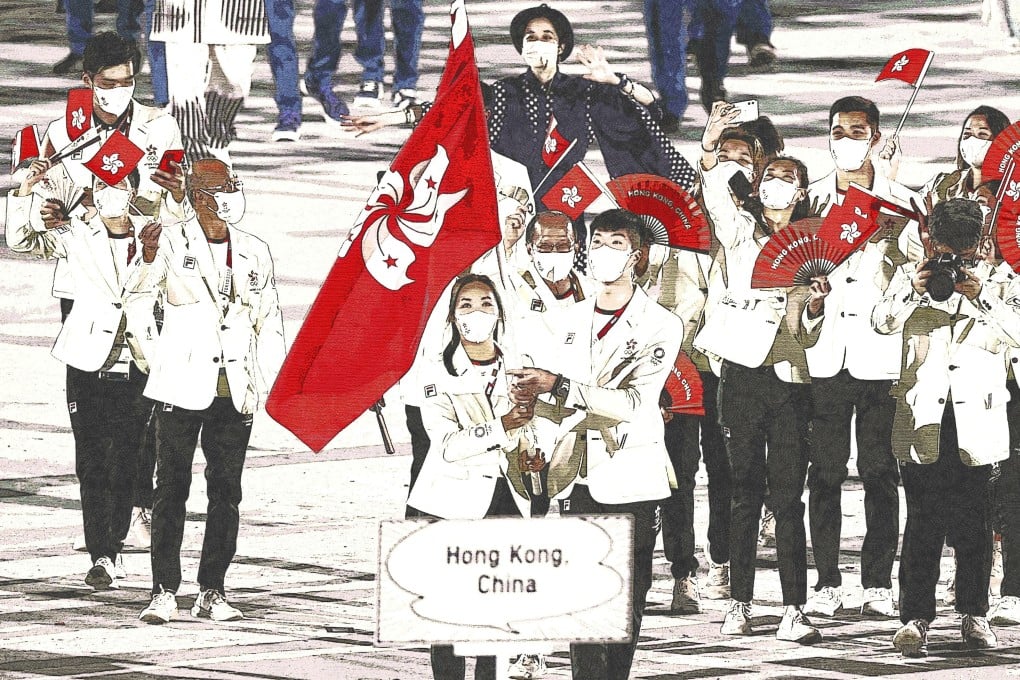Tokyo Olympics was Hong Kong’s ‘greatest games’ ever, but are more medals on the horizon or was this a flash in the pan?
- The six medals the city’s athletes collected were long in the making, with much investment, training and dedication poured into the development system over decades
- Can Hong Kong move on to next level and nurture even more Olympic medallists? Experts are not convinced the finances and programmes are in place

Seven Hong Kong athletes delivered one gold, two silver and three bronze medals at the Tokyo Olympic Games, producing the city’s best showing on the world’s greatest sporting stage.
It was a long time coming and provided rare but thrilling moments for Hongkongers who came together by the thousands, chanting: “We are Hong Kong!”
“Fencing god” Edgar Cheung Ka-long, 24, produced the city’s first Olympic gold medal in a quarter century. “Little Flying Fish” Siobhan Haughey, 23, delivered two silvers in the 100m and 200m freestyle swimming events.
Women’s table tennis players Lee Ho-ching, 28, Doo Hoi-kem, 24, and Minnie Soo Wai-yam, 23, won bronze, behind world champions China and silver medallists Japan. Karate exponent Grace Lau Mo-sheung, 29, earned a kata bronze medal in what is likely her first and last Olympics outing because karate will not feature in the 2024 Paris Games.

On Sunday, the last day of the Games, veteran track cyclist Sarah Lee Wai-sze, 34, put the finishing touch to the city’s inspiring performances by picking up a bronze in the women’s sprint event.
Before this amazing feat, Hong Kong could only boast three Olympic medals – a gold from windsurfer Lee Lai-shan in Atlanta in 1996, a silver from men’s table tennis doubles pair Li Ching and Ko Lai-chak in Athens, 2004, and a bronze from Sarah Lee in London, 2012.